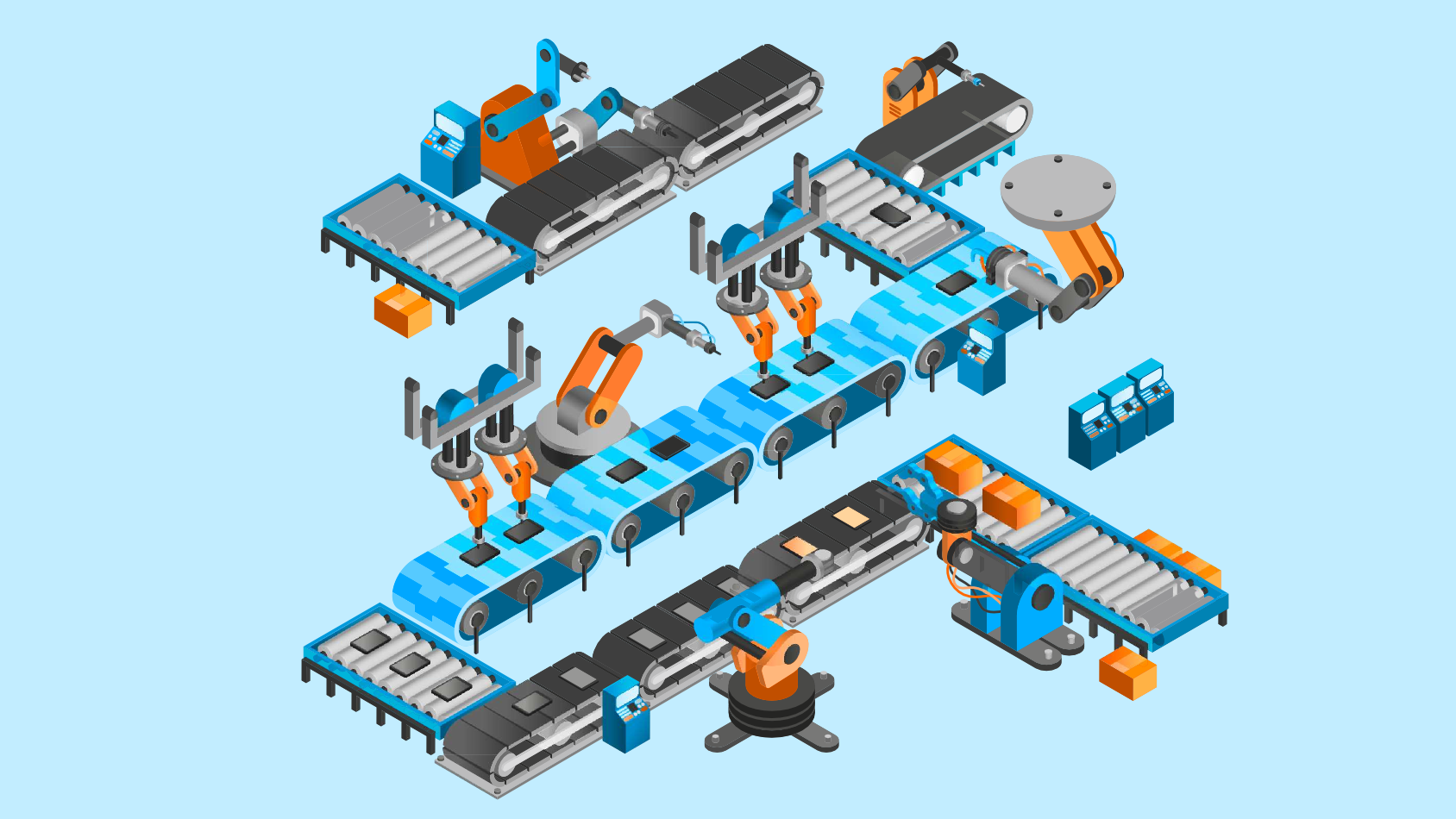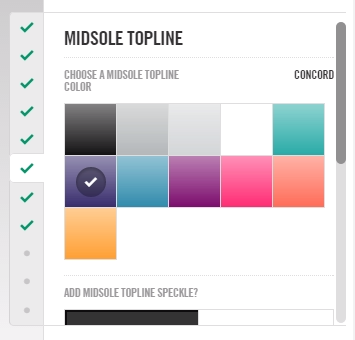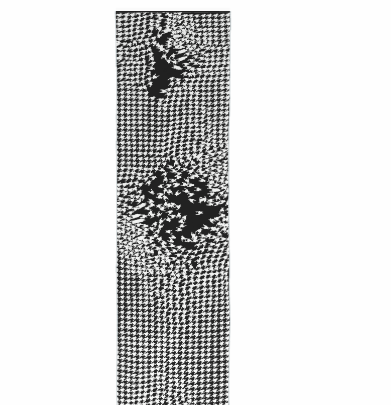The migration from analogue to digital has thrown up many opportunities, one interesting concept is that software has been able to “mass produce” customization.
The conditions for it are just right as the technology, especially 3D printers, are becoming increasingly affordable and online shopping is stealing customers from brick and mortar, there has been pressure on developers to integrate high level personalization into online shopping. Now there are some great apps and interfaces which enable the consumer to put together the desired product from their own home.
By definition mass customization is the use of flexible computer-aided manufacturing systems to produce custom output. Those systems combine the low unit costs of mass production processes with the flexibility of individual customization.
Upsides of offering mass customization service to your customers
1. Buyers feel engaged and spend more time on your site using a customization tool. Although it is important that the interface is easy and fun to use. What’s more it must show an accurate image of the finished product to minimize returns.
2. Personalized products offer more value which you can charge a premium for. The buyer feels they have been a part of the design process and the product is relevant to them so they are more likely to share it on their social media, spreading the word about your amazing product and services.
3. If the products you are selling are competing with big brands, adding a customization option can give you an advantage over others. Big brand business models often rely on standardization and economies of scale to squeeze out small players; customization can allow you to carve out a niche, and some entrepreneurs are using it to reinvent the industry.
4. Selling customized products often means holding a smaller inventory risk as you would stock raw materials but fewer finished products and therefore create less waste compared to mass production, Nike claims to have reduced 2 million pounds of waste since starting selling customized trainers.
5. Production often can take place locally and as the customers are made aware they are helping their local economy, they may be happier to pay a bit extra for production.
So it really is a wonderful time for SMBs as they are more agile to cater for niche markets and provide more personal approach to their customers with regards to product customization. That said, the industry giants are catching on with the help of technological breakthroughs in production technology.
Product customization at industrial level
Industrial level product customization is happening slowly but steadily although it has already taken off in footwear industry. Nike’s Flyknit customizable trainers have been a great success. For four years they have been growing their range and customization options.Now it is possible to modify 11 different aspects of the shoe and choose between 29 models. And it is all thanks to 3D garment printers which allow to create custom items with the same price per item as if they would be making 10 000 of them. These machines have been around for a couple of decades but are just now becoming cost-effective enough to allow designers and big brands to offer truly personalized clothes.
At a much smaller scale start-up Knyttan aka Unmade has taken full advantage of the same technology as Nike by letting designers use Knyttan’s proprietary software and knitting machines to allow customers to play around with the original design. The interface is incredibly engaging, bordering addictive where you can move your mouse around and distort the pattern and colours to your desire.
Another example of mass customization in the extreme is Zazzy who has taken a completely opposite direction to standard bulk production. Using 3D printers, they only sell what the customer designs. Send Zazzy your scribbles of a jewellery design and they will deliver you the finished product or if you decide to sell your design they provide a storefront, manufacturing and delivery. Zazzy has a vault of options to choose from in their interface and also allow their customer or designers to upload their own sketches for 3D printing.
For everyone their own
It must be determined beforehand which types of customization your customers would appreciate to avoid needless cost. Customers could be allowed to collaborate on the design of the product by offering them options and guiding them through the process. This way is best for companies who offer a great range of customization during which the buyer might grow frustrated. Another option is where the product sold is standard yet the the buyer is able to adjust it after the purchase according to their needs. Or only let the cosmetic part of the product be altered, this way the function of the product is same for each customer yet only the presentation differs.
With some pioneering businesses transforming the customization scene the demand for individualized shopping grows and mass customization becomes standardized. Although businesses should carefully decide how to go about it, it is certain that offering personalized or custom products can be a great way to have your buyers interact with your products creating a dialog between them and your business.
Printout Designer enables you to create invoices, packing slips, labels and other printouts with a truly customized look, independent of the e-commerce platform you use. You can customize every aspect of your business document creation process without wasting countless hours. Read more about Printout Designer from printoutdesigner.com
Tanel is the technical mastermind behind Actual Reports and Printout Designer. When he’s not coding, he also takes an occasional dive into marketing and business development.


